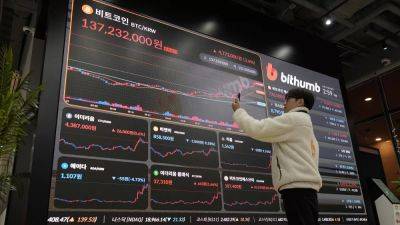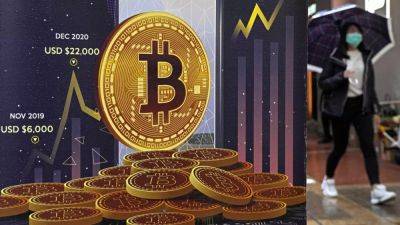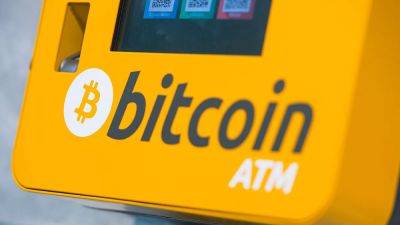Behind Bitcoin’s rally is a simple fact: Supplies are limited
Bitcoin investors celebrated last week after the price of the world’s largest cryptocurrency hit $100,000 for the first time. Believers say the rally will continue because of a key technical feature of bitcoin: There is a limit to the number of bitcoins that can ever be created.
The computer code behind bitcoin imposes a hard cap of 21 million bitcoins. So far, about 19.8 million bitcoins have been created, and it will take more than a century to create the rest, a process that will become increasingly difficult over time.
Proponents of bitcoin argue that its scarcity will fuel rising prices as buyers scramble to acquire the last new coins to come online, or to buy existing coins from people fortunate enough to own bitcoin already. It is the same argument for buying Gutenberg Bibles, limited-edition baseball cards and beachfront real estate: There is a finite supply.
Skeptics counter that bitcoin has no intrinsic value and that a wave of selling could wipe out its recent gains. Bitcoin has been hugely volatile over its short history, alternating between feverish rallies and spectacular crashes. It plunged nearly 80% from its peak in 2021 to its low point the next year, after the collapse of the FTX crypto exchange.
Whatever it is really worth, bitcoin is a wild technical experiment unlike any the world has ever seen: an internet-based currency created by tech enthusiasts, without the backing of a government or central bank.
Traditional currencies such as the dollar are subject to inflation because governments can print more of them. Economists say that is actually good—the threat of inflation pushes people to spend money and make productive investments, rather than hoarding cash. But inflation has always rankled savers
Read more on livemint.com























